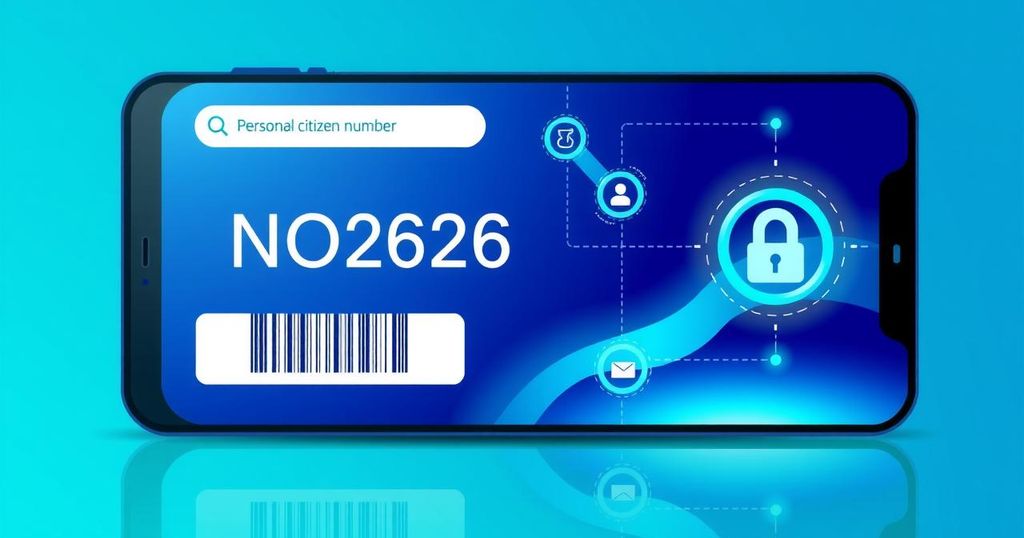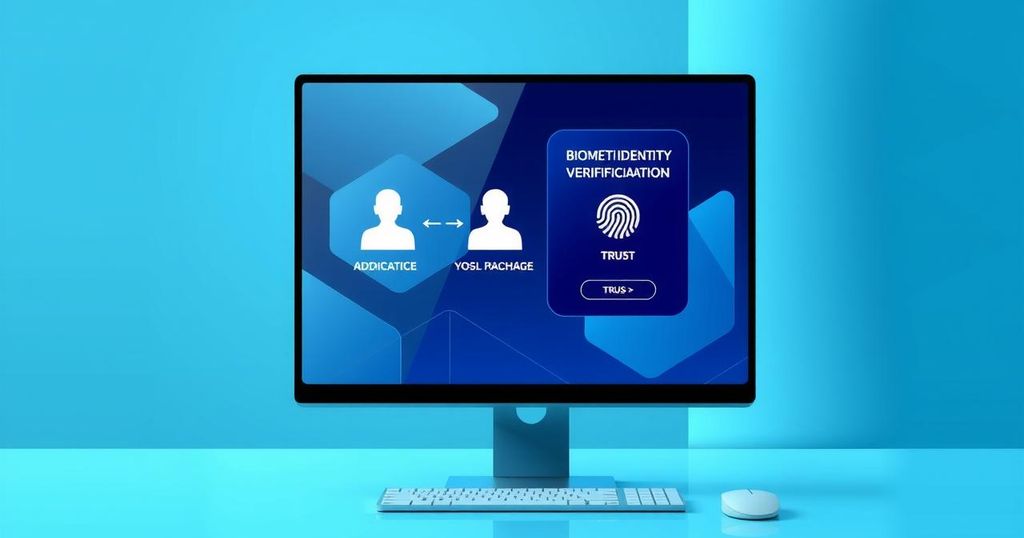Airports are increasingly implementing biometric technology for identity verification to enhance passenger experiences. With high support from travelers for these measures, the key to successful implementation includes user ease, gradual rollouts, and data transparency. Organizations across industries can learn from these practices to foster trust and security in their technological advancements.
As travel increases with Spring Break, many airport passengers will encounter biometric technology for identity verification without scanning boarding passes. In states like Arizona, Ohio, and Colorado, travelers may also utilize digital IDs, facilitating smoother baggage check and security processes. The emergence of biometric technology, particularly facial recognition and digital wallets, aims to enhance traveler experiences and ensure security across the aviation sector.
The adoption of biometric identity verification offers ease of use, significantly improving the travel experience. Travelers appreciate that technology can streamline their security process. Recent surveys revealed that 78% of American air travelers support biometrics at TSA checkpoints, recognizing the importance of identity verification in enhancing security. Enterprises must prioritize user-friendly systems to reduce frustration and foster trust among customers.
Successful implementation of biometric technology at airports illustrates that gradual rollout and consumer acceptance are pivotal for scalability. Since TSA began introducing facial recognition in 2019, over 230 airports have adopted this technology, with plans to expand to 400. Engaging with airlines, employees, and travelers facilitated clear communication regarding data use and resources to educate passengers.
Transparency regarding data privacy is critical for the successful adoption of biometric technology. The TSA assures travelers that their biometric data is used solely for identity verification and is deleted afterward, with options to opt out without facing negative repercussions. Enterprises must emphasize secure data management while granting customers control over their information and providing transparent communication about data handling practices.
As the integration of biometric technology and digital wallets continues across travel venues, companies should recognize the lessons learned by airports. Embracing innovation enhances customer trust and security, ultimately leading to improved loyalty. Other sectors can follow suit, ensuring they adapt and prioritize customer needs while implementing advanced technologies.
In summary, the adoption of biometric technology at airports highlights the importance of user-friendliness, gradual implementation, and data transparency. These factors not only streamline travel experiences but also strengthen customer trust in security measures. As businesses consider similar advancements, they should prioritize customer engagement and clear communication to ensure successful technology integration.
Original Source: www.biometricupdate.com





